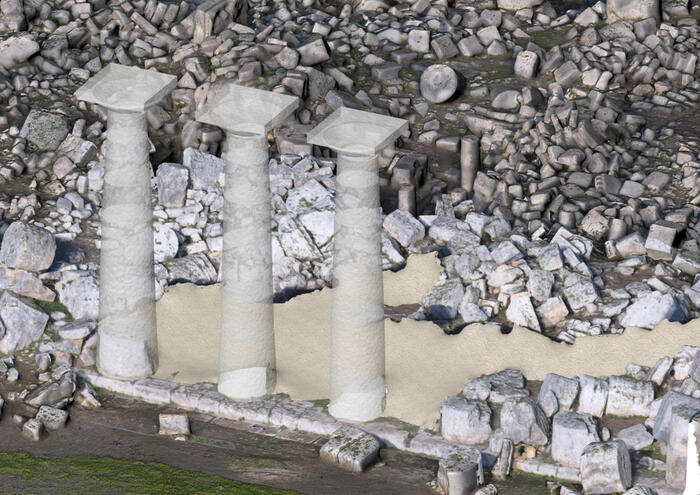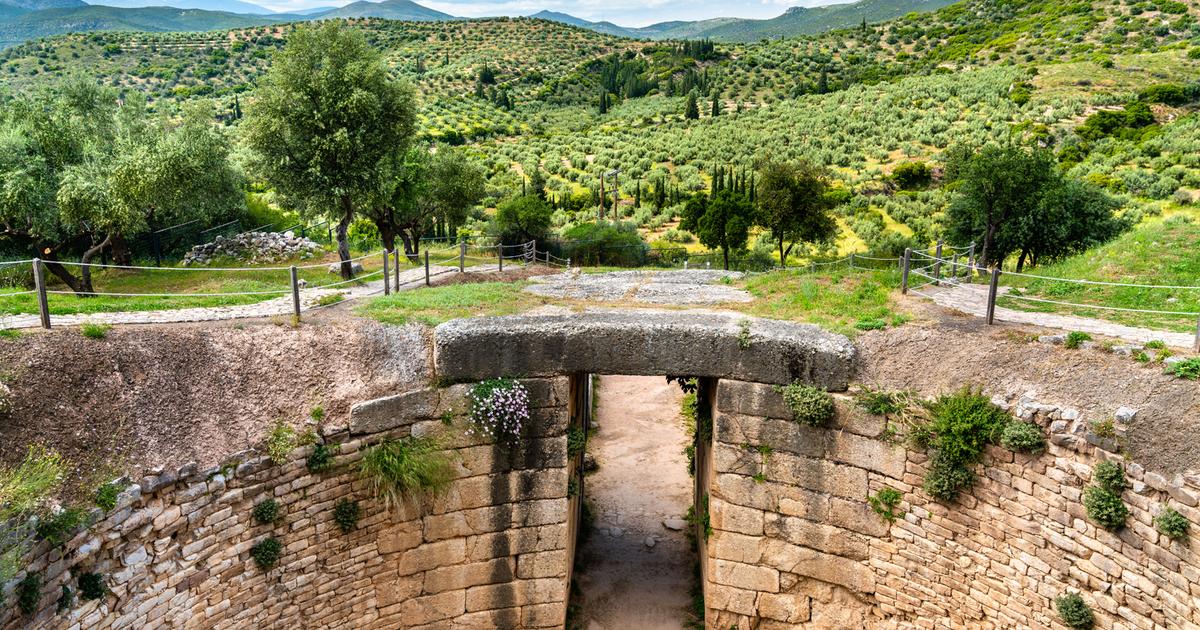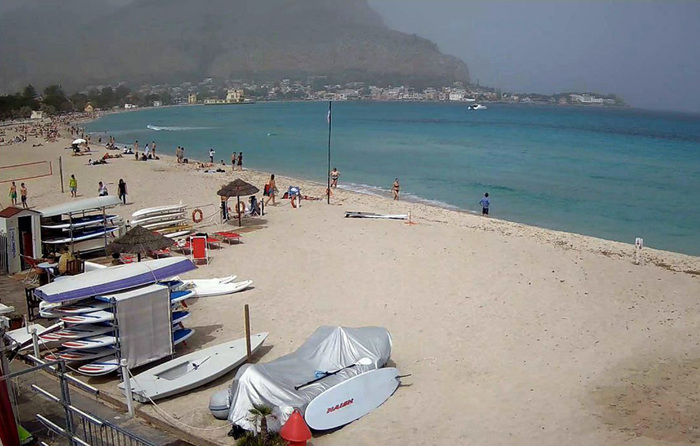Sixteen meters high, three of the cyclopean columns of temple G will rise again in the park of Selinunte, the pride of ancient Selinus,
the sacred building as big as a football field which 2,600 years ago stood as a stone witness of power and wealth of the glorious Greek colony
founded by the men of Megara Hyblaea.
Strongly supported also by
Sebastiano Tusa
, the relocation of the columns of temple G,
anticipates to ANSA the archaeologist Oscar Mei of the University of Urbino
since 2010 engaged in excavation campaigns in the Sicilian park, it is in reality only the desired final step of a complex project of study, restoration and museumization financed with
5 million euros by the outgoing government of the Sicily Region
, thanks to the passionate commitment of the councilor for culture
Alberto Samonà.
A project for which a team of super experts is already at work, which sees the professor working together with the archaeologists
Valerio Massimo Manfredi,
the first to suggest a recomposition project many years ago, and
Claudio Parisi Presicce,
also a long time Selinunte, with a great experience in the study of the archaic Greek temples.
In practice, a huge construction site, which will always be open to the public, assures the director of the Sicilian archaeological park
Felice Crescente
and that in any case it will also require the contribution of other universities, if you consider that
with its 109 meters in length and 50 in width
, the large building - according to the latest hypotheses dedicated to Zeus - is
considered the largest peripteral temple, or rather with free columns, in Sicily and one of the largest in the ancient Mediterranean.
A wonder that after the Carthaginian conquest, the earthquakes and the many centuries that have passed, appears to us today as
an immense heap of rubble
and that the reconstruction of some columns could make a very strong impact.
"We do not focus on spectacularity", Mei warns, "this is not a reconstruction of the temple, but a great scientific research and protection operation"
.
Nothing to do at the moment with the reconstruction project supported in 2018 by Vittorio Sgarbi, then councilor in Sicily, who hypothesized the involvement of patrons with a cost estimate of 15 million euros to collect on the entire temple.
“It is true however”, Mei points out, “that a conservative intervention has proved fundamental in recent years”, because “the architectural elements, made to stand, are crumbling on the ground”.
The raising of some of the columns on the south side, chosen from among those that remained more intact in the collapse, would therefore first of all have an aim of knowledge and conservation, the professor is excited.
Although certainly "it would be a way to make the monument more readable for visitors".
However, we start from the study
, starting with archival, bibliographic and iconographic investigations on the temple.
At the same time we will go on with the photogrammetric surveys and those made with the 3d laser scanner, we will map the materials with which it was built.
And then again it will be the turn of geophysical prospecting all around the temple, to see if there were other buildings, first of all the altar, and we will proceed to probes in the ground next to its perimeter.
Without neglecting a cleaning of the area from weeds.
Councilor Samonà, who is leaving his role in these days, is proud of it: "It will be a great building site of knowledge", he says, equipped to allow visitors to closely follow the progress made by archaeologists with a multimedia corner where it will be virtual reconstruction of the temple projected.
Yet already in recent years, Mei emphasizes, many steps have been taken to clarify the mystery of these ruins.
It was understood, for example, that what looked like a temple that was never finished was instead a "not completely finished" building.
"The grooves of the columns were missing, which are usually done at the last, and the decorative elements had not been completed, even the steps of the base had not been chiseled, he explains, so much so that today archaeologists are sure that the great temple was fully in use when in 409 BC the Carthaginians took possession of the city.
"It was likely that simply economic problems had arisen when it came to providing the decorations," he speculates, "on the other hand, it had long been clear that the construction of the huge temple had gone on for decades."
Arriving from the sea, Hannibal's soldiers put the rich colony to fire and sword, but it was not they who reduced the temples to rubble.
Earthquakes took care of that, probably in medieval times.
And then certainly also the passage of time, since in the eighteenth century some columns were still standing.
Not far away, temple E stands imposingly, rebuilt in the 1950s with extensive use of reinforced concrete.
Mei smiles.
Today, she says, no one considers that reconstruction an example to follow anymore: "That's the way it was done then, but you learn from mistakes".









/cloudfront-eu-central-1.images.arcpublishing.com/prisa/3TOQKX7CUJEMHBMHIA7GJRIXC4.jpg)